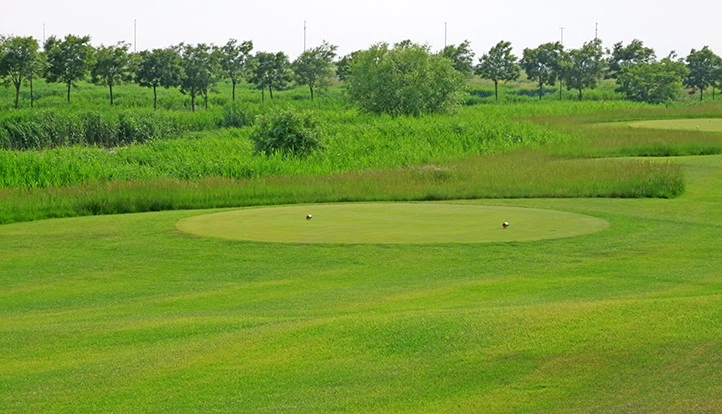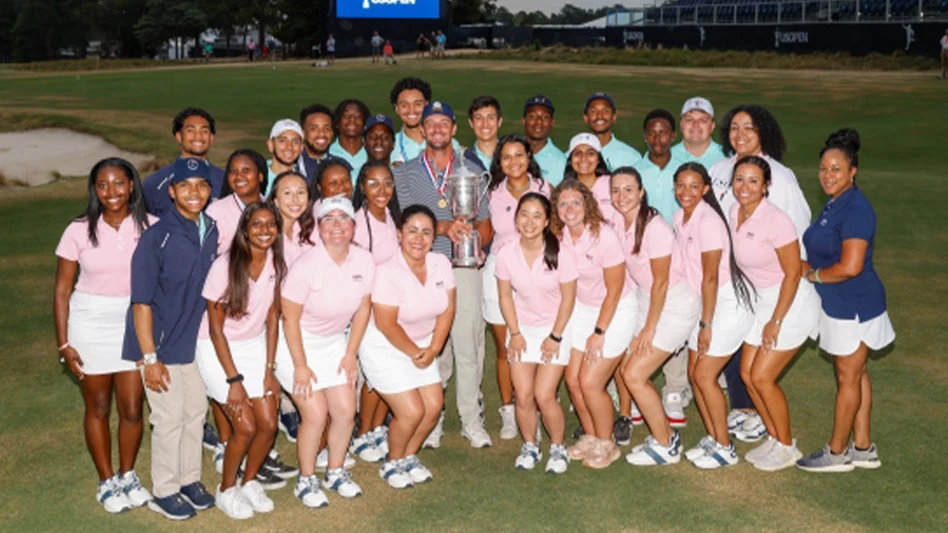
“The made course cannot compete with the natural one”
George C. Thomas, “Golf Course Architecture in America”
We lead busy lives. A digital world connects us in ways that boggle the imagination. More information and more options provide greater distractions and more dilemmas. Our identities are tied directly to where we live and work. But digital connectivity keeps us from understanding our regional uniqueness. It is that same digital convenience that is tearing at the fabric of our shared humanity. Regional character and distinction are eroding because of the expanding digital world. If we are truthful, our phones, computers, cars and television have become weaponized.
This is one reason why golf matters.
The game of golf is refuge. It is respite. It is recovery. Yes, golf is a challenge, but it is also, as the saying goes, “a chance for the game and the ‘out-of-doors’ to sweep away the cobwebs”.
 Golf has the capacity to provide the outlet for millions. More importantly, golf provides direct and indirect benefit to lives and communities beyond the boundaries of the golf course through stormwater management, water quality benefits, open space and native habitat. That beautiful park/open space down the street … it’s a golf course.
Golf has the capacity to provide the outlet for millions. More importantly, golf provides direct and indirect benefit to lives and communities beyond the boundaries of the golf course through stormwater management, water quality benefits, open space and native habitat. That beautiful park/open space down the street … it’s a golf course.Conservationist Aldo Leopold documented a year living in the middle of Wisconsin during last mid-century. From “A Sand County Almanac” he wrote, “Our grandfathers were less well-housed, well-fed, well-clothed than we are. The gadgets of industry bring us more comforts that nature can, but do they add to the glory of our existence as much as nature?”
More and more we seek legitimate, genuine experiences. While we strive for more and better things, we are confronted with the simple need for authentic places and spaces. They exist all around us, but less and less. These places fulfill us in ways that help us maintain our most basic human needs and instincts. Humans will persist without natural things and wilderness. But humanity will not.
There is a strong need to seek authenticity.
Golf, even with all its maintained green, can be such a place. These manufactured landscapes provide a small inoculant against modern comforts and digital distraction and dysfunction. This game pits us against the wind and the ground, against vegetation and gravity and our own mental and physical limitations. How can such a contrived landscape offer such respite? Because these places are rooted in substance.
The best golf courses, and my best golf experiences, are those that were on golf courses that were true to the landscape, genuine to the character and reflected the site in ways that were honest and compelling. Golf is best when architecture reveals a site, rather than creates it. Golf course architecture is more fun, enjoyable, maintainable and sustainable if it remains truer to the site. What is better than a golf course that is connected to a site? Authenticity is about connection and integrity, and we are hungry for those characteristics.
Authenticity is quite different than the recent deliberations about sustainability. ustainability is defined as the ability to be maintained at a certain rate or level. Therefore, sustainability is an attempt is to ensure, at minimum, status quo.
Is that what we want? Status quo? Of course not. We want more than just “the same.” We want and seek authenticity.
Sustainability is a byproduct and an outcome of solid design, thoughtful engagement of resources and long-term benefit. Sustainability creates a better experience and it is engagement that is genuine. Sustainability is the result of authenticity.
We’ve been thinking about sustainability as something commercial. It is not.
Sustainability does not increase sales, produce golfers, sell memberships or generate rounds. Sustainability will not entice golfers to make the drive or spend the money and time with friends. Experience is the essence of the game and authentic experiences are generated from a unique property, producing enjoyment of golf and delight in the game. Thoughtful, integrated environmental benefit and solid sustainable practices can produce better experiences. Experience compels golfers to play.
We need to strive for less perfection and more authenticity. The best golf courses are those that are less about perfection and more about place, the atmosphere, the character and ambiance. You can’t notice it, but you feel it. The personality of a golf course is clear and based upon this unique site-specific link. You can’t ignore it. It is genuine, it is connected, sustainable and it is authentic.
Greg Martin is the president of Martin Design and past president of the American Society of Golf Course Architects.
Latest from Golf Course Industry
- Envu Superintendent Grant Program sending 10 members to 2025 GCSAA show
- Editor’s notebook: Let’s chat about AI
- Wonderful Women of Golf 43: Melissa Gugliotti
- This month on Superintendent Radio Network: December 2024
- Mark Hollinger, ASGCA, dies at 70
- Tartan Talks 102: Chad Goetz
- Don’t fly by the seat of your pants
- Golf Construction Conversations: Reed Anderson





